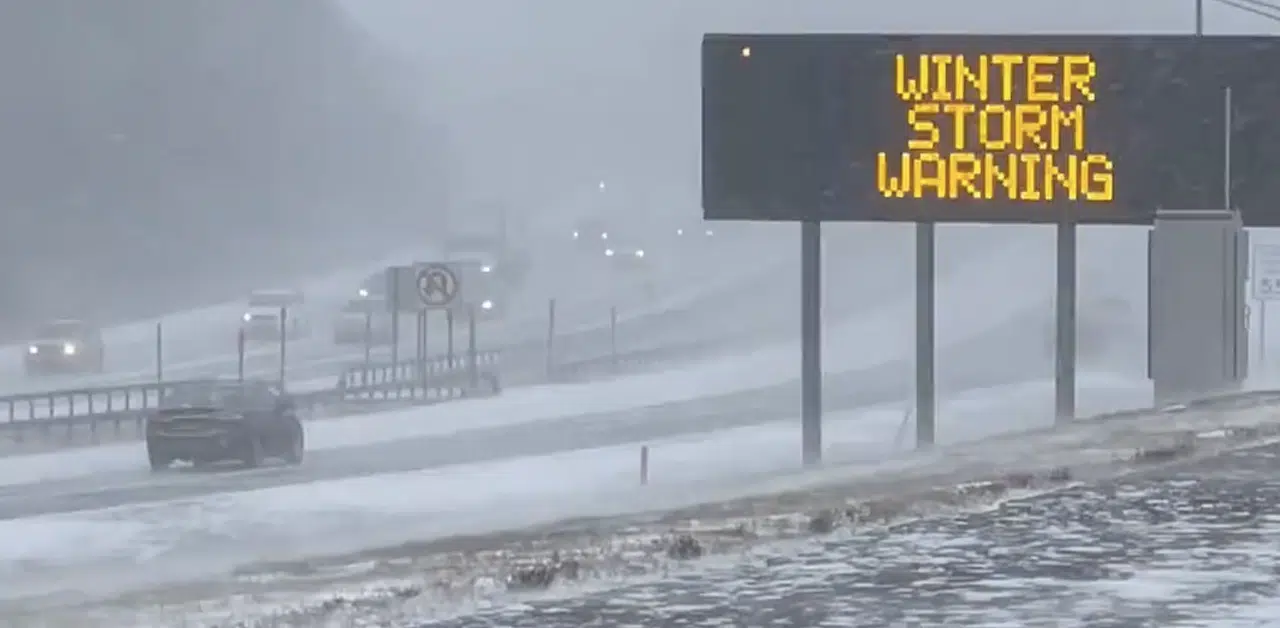As the Finger Lakes region experiences a warmer-than-average start to winter, El Niño emerges as a key influence. This climatic phenomenon, last strongly observed in the 2015-16 season, is characterized by the weakening of westerly trade winds along the equator, leading to warmer Pacific waters near equatorial South America.
This shift results in a modified Pacific jet stream, typically bringing warmer, drier conditions to northern regions like Rochester, and wetter conditions in the Gulf Coast and Southeast of the United States. Unlike its counterpart, La Niña, which brings colder and wetter weather to the north, El Niño does not follow a regular cycle and can occur every two to seven years.
It typically lasts about nine months to a year, with the current El Niño expected to continue through winter and transition to a neutral state by April.
The 2015-16 El Niño event is a prime example of the variability in regional weather patterns it can cause. While the Finger Lakes region enjoyed 16 record-breaking high temperatures and significantly less snowfall than the 102-inch seasonal average, the West Coast experienced extreme wet conditions.
This winter, the National Weather Service’s Climate Prediction Center anticipates above-average temperatures for the region extending into mid-January, with precipitation expected to be below average initially but returning to typical levels by mid-January.
These predictions underscore the unpredictable nature of El Niño’s impact on local weather patterns, making long-term forecasting particularly challenging.

FingerLakes1.com is the region’s leading all-digital news publication. The company was founded in 1998 and has been keeping residents informed for more than two decades. Have a lead? Send it…
Read the full article here

Leave a Reply